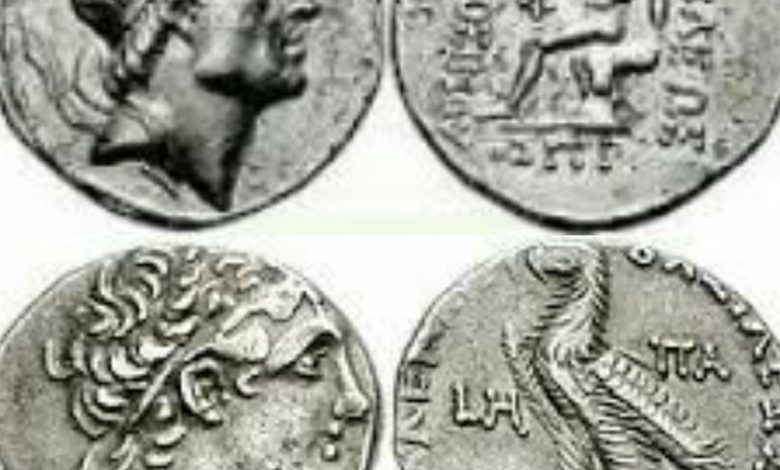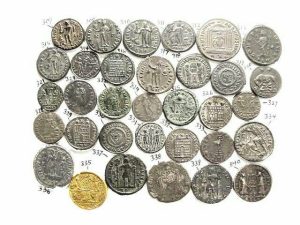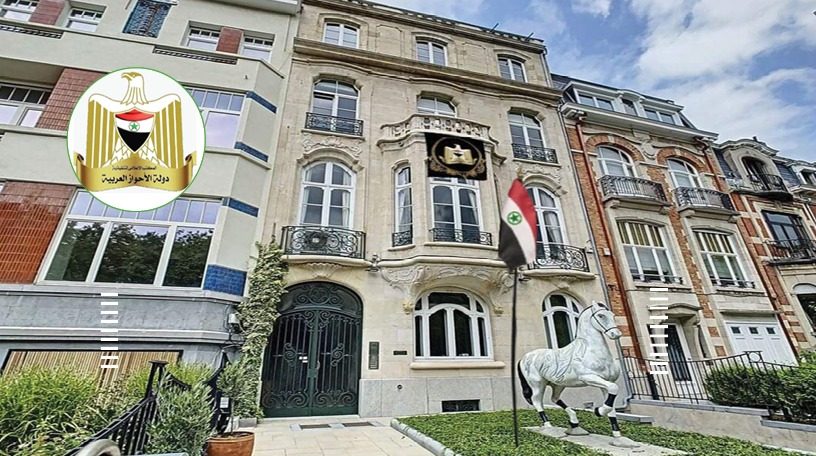
Maysan… An Arab civilization forgotten, emerged beside Elam
The civilization of Maysan is an ancient Arab civilization that emerged in southern Iraq in the 2nd century BCE, following the disintegration of the Macedonian Empire of Alexander the Great. Its capital was Charax, and it extended north to south, encompassing Babylon in central Iraq and Elam to the south.
Excavations and archaeological studies have revealed artifacts and coins from an Arab state dating back to the 2nd century BCE, originating and evolving in western Ahvaz and southern Iraq, known as the “Arab Kingdom of Maysan.”
This civilization continued alongside the Elamite civilization and possessed significant military power.
Maysan played a crucial role as an important port at the head of the Arabian Gulf, exerting control over navigation in the Gulf, along the shores of the Arab Gulf, and the rivers of Karun, Tigris, and Euphrates.
The kingdom persisted until it was conquered by the Parthian king, Mithridates IV, in the years 128-147 CE. He captured its capital, Meshan (Ctesiphon), and relocated its inhabitants to the city of “Frāt-Meshan,” located approximately 18 km south of the ancient Tigris riverbed.
During that period, Christianity entered Meshan, especially in the city of Gundeshapur, through missionaries who came from Antioch. It was referred to as “Beth Huzaye,” which might have contributed to the name “Al-Ahwaz.” The city of Gundeshapur, later known as “Beth Lafāt,” or the place of defeat, became a center of Christianity. Christianity spread to areas like Qatar, Bahrain, and Frāt-Meshan (near Basra later on).
The city of Al Amara, the capital of Maysan Province, is located 390 km south of the capital city Baghdad.
Researchers in archaeology suggest that the people of Maysan had a connection with Omanis, and many of their kings’ names were recorded in Greek records, such as the king of Sweden.
Charax, also known as Al Mahmarah, served as the capital of the Maysan civilization, and among its important cities were Al-Hawizah, Al-Amara, Basra, and Ablaa in Iraq.
The Kingdom of Maysan continued until the Islamic era, where the people of Maysan first practiced Christianity before adopting Islam. The kingdom was opened during the reign of Caliph Umar ibn al-Khattab.
It is worth mentioning that numerous Maysan artifacts and structures exist in the occupied Arab Ahvaz and southern Iraq. Despite the presence of these artifacts, some scholars have attempted to associate them with the Arsacid and Sasanian dynasties, despite the differences and dissimilarities with those states.





